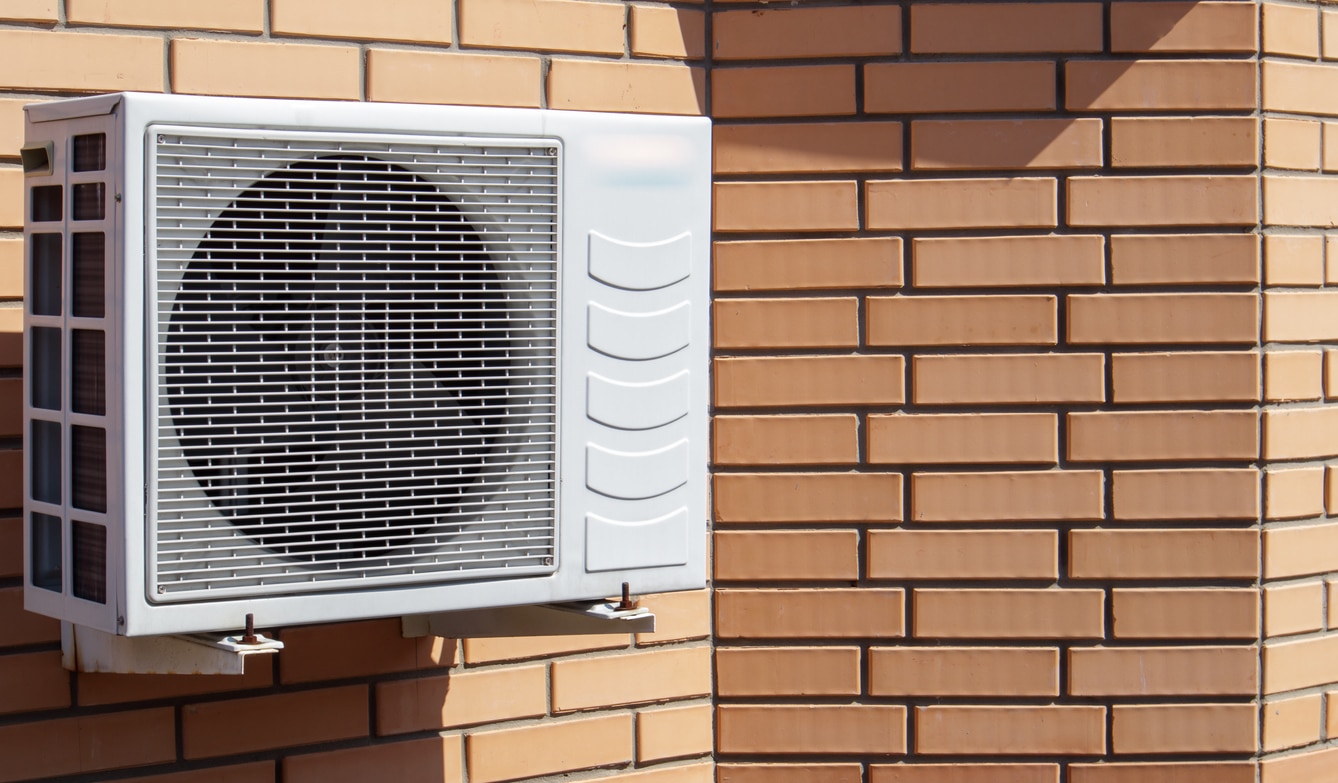Mini split systems, also known as ductless air conditioning or heat pump systems, have gained popularity for their versatility, energy efficiency, and ease of installation. Unlike traditional HVAC systems, mini splits do not require ductwork, suiting residential and commercial requirements. In this article, we will delve into the functionality and benefits of choosing a mini split unit.
1: Understanding the Components of Mini Split Systems
Mini split systems have two main components: an outdoor unit and one or more indoor units. The outdoor unit contains the compressor, condenser, and expansion valve, while the indoor units house the evaporator coils and fans. These components work in tandem to deliver efficient cooling and heating to specific zones or rooms.
2: How Mini Split Systems Work
Mini split systems operate on the refrigeration principle, similar to traditional HVAC systems. The refrigerant, which absorbs and releases heat, is circulated between the outdoor and indoor units. When cooling is desired, the refrigerant absorbs heat from the indoor air and carries it to the outdoor unit, where it is released. This process cools the indoor air, which is then distributed back into the room. Conversely, during the heating mode, the refrigerant absorbs heat from the outdoor air and transfers it indoors, providing warmth.
3: Advantages of Mini Split Systems
3.1 Energy Efficiency: Mini split systems are highly energy-efficient due to their lack of ductwork. Duct losses account for significant energy wastage in traditional HVAC systems, but mini splits eliminate this problem. Additionally, mini split systems often come equipped with inverter technology, which adjusts the compressor’s speed based on the cooling or heating demands. This optimization further enhances energy efficiency and reduces operating costs.
3.2 Zoning Capabilities: One of the key benefits of mini split systems is their ability to provide zoned cooling and heating. Each indoor unit can be individually controlled, allowing occupants to customize the temperature in different rooms or zones. This feature not only maximizes comfort but also minimizes energy waste by cooling or heating only occupied areas.
3.3 Easy Installation: Mini split systems are relatively easier to install than conventional HVAC systems. Since they do not require ductwork, the installation process is less invasive and disruptive to the building’s structure. This makes mini splits an ideal choice for retrofitting existing spaces or adding cooling and heating capabilities to specific areas.
3.4 Improved Indoor Air Quality: With traditional HVAC systems, dust, allergens, and pollutants can accumulate in the ductwork circulating throughout the building. Mini split systems eliminate this concern by operating without ducts, resulting in cleaner and healthier indoor air. Additionally, some mini splits come with advanced filtration systems that remove airborne contaminants, further enhancing indoor air quality.
Mini split systems offer a range of advantages as discussed above. Their flexibility and ability to provide precise cooling and heating make them an attractive option for residential and commercial applications. Whether you want to upgrade your current HVAC system or add climate control to specific areas, a mini split unit is worth considering.
Are you looking for a well-experienced technician specializing in mini split unit installation? Call Crossway Mechanical at 832-250-6191.






